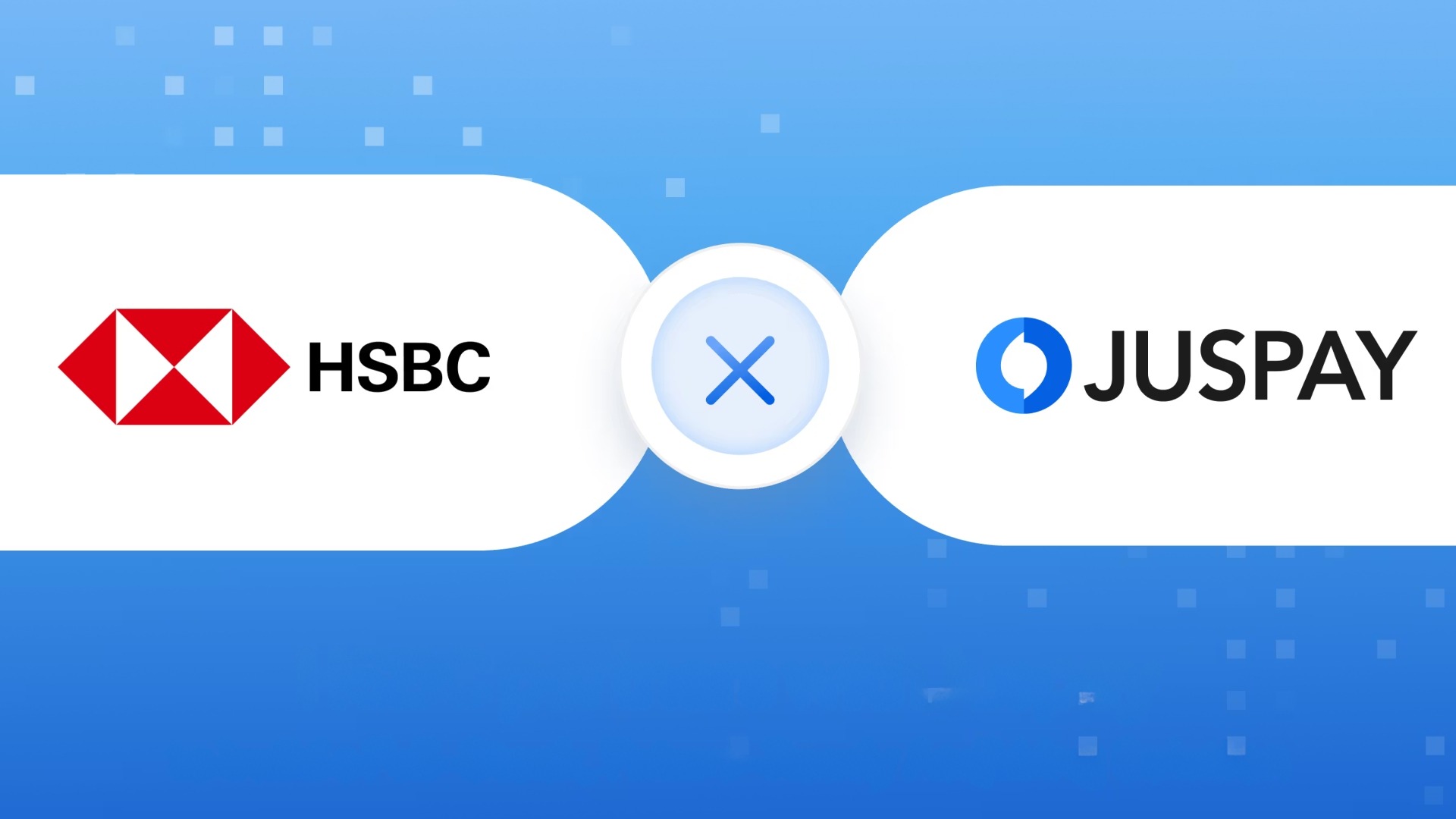In this current fastest growing era of startups, especially in fintech space, Razorpay is something which is silently building and creating a strong impact in that space. While not just the product that they built and even their financial performance and how they are helping businesses is something needs to be discussed. So, in this article let’s do a deep dive into the article and understand the whole scenario.
The story of Razorpay started in the year 2014 with Harshil Mathur and Shashank Kumar building one of the payment gateways in India. They helped merchants accept online payments via cards, wallets, net-banking and UPI. Over time, they recognized a larger opportunity: that payments alone are just one piece of the business-finance puzzle. So, Razorpay extended upstream and downstream: merchant banking (accounts, payouts), lending (working-capital, invoice discounting), point of sale (POS) for offline merchants, subscriptions & recurring payments, and international expansion.
Now what’s more interesting discuss is its financial position. In FY25, Razorpay reported a massive ₹3,783 crore in consolidated revenue which is a 65% jump year-on-year, despite challenges surrounding its reverse flip and global restructuring. Behind that number lies one of the most fascinating success stories in India’s digital economy.
Razorpay operates in the B2B fintech space meaning it builds tools for businesses, not individual consumers. Its product ecosystem is built around two pillars:
- Razorpay Payments (Core Business)
- RazorpayX (Neobanking & Financial Management)
Together, these form a comprehensive platform that powers over 10 million businesses, from startups like Zepto, Swiggy, and CRED to enterprises like Airtel and Facebook.
If we look at the revenue generation segments of company, first we need to understand their payments segment. It started as a payment gateway, helping merchants accept payments via multiple modes credit/debit cards, UPI, net banking, and wallets. Over time, this evolved into a suite of powerful products such as Payment Gateway, which is the core product that helps online businesses collect payments. Then payment links, where businesses can send a link to customers to collect payments instantly widely used by freelancers and small merchants. There is an option to create a payment pages, which is a no-code tool for businesses to create branded checkout pages. In FY25, payment processing continued to be its largest revenue driver, contributing over 70% of total revenues.
Then comes their second big growth driver which is RazorPayX. Most companies still relied on manual transfers, spreadsheets, and outdated banking interfaces. Razorpay saw an opportunity to build something transformative which is a business banking platform built on top of traditional banks. That’s how RazorpayX, a neo banking solution that helps businesses manage money like never before.
Now, how does Razorpay makes Money? The largest chunk of revenue comes from transaction-based fees, a small percentage (typically 1.5%–2%) of each payment processed through its platform. Given huge amount of transactions flow through Razorpay every year, this adds up to crores in revenue.
But apart from the product that it built, what else actually worked for the company? Not just the product the focused on something, which most brands overlook at. The user-experinece is something which decides the whole retention of customers. They mastered it with great experience and succeeded on that front. From effortless integration for developers to a clean, intuitive dashboard for business owners, every click and every interaction was engineered to feel simple, fast, and frictionless. That focus on experience became one of Razorpay’s strongest growth engines.
And that’s why today, if you ask any startup founder owner or any business owner, there are chances that many people will say, Razorpay is part of their stack.
With all of this, Razorpay has raised over $740 million from global investors including Sequoia Capital, GIC, Tiger Global, and Lone Pine Capital. Its last reported valuation stood at around $7.5 billion, making it one of India’s most valuable private fintech startups.
As we already discussed about the revenues, Razorpay crossed 3000 crore mark in the latest financial year and they are aiming for profitability. In FY25, the company reported losses mainly due to reverse flip restructuring and expansion-related costs. The “reverse flip” refers to the process of moving its parent entity back from the U.S. to India which is a decision driven by regulatory clarity and the desire to build as an Indian-rooted fintech.
However, the company’s operational efficiency has improved, and core business margins are trending upward. Analysts expect Razorpay to turn profitable by FY26 as scale and automation reduce costs.
As India marches towards becoming a $5 trillion economy, the companies building infrastructure for growth will define the future and Razorpay, quietly but surely, is one of them.
Also Read: Juspay partners with HSBC to build a Full-Stack, Future-Ready Acquiring Solution










